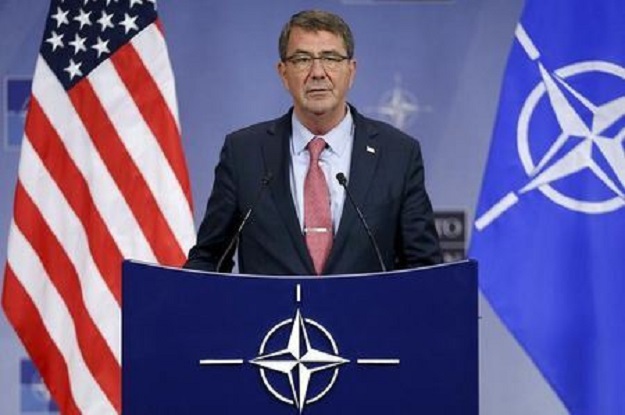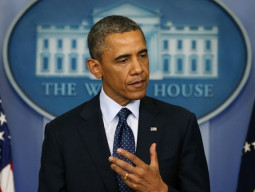
BRUSSELS: Days after the Taliban briefly took over the northern city of Kunduz, the United States and its NATO allies signalled their willingness on Thursday to consider slowing withdrawal of their troops from Afghanistan.
US Defence Secretary Ash Carter said he had asked allies for flexibility as Washington reviews a withdrawal timetable of the nearly 10,000 US troops in Afghanistan to a small US Embassy-based force after 2016.
“A number of countries today indicated a willingness to change their plans and posture,” Carter said after a Nato defence ministers meeting in Brussels.
Nato says there are more than 6,000 non-US forces contributing to the “Resolute Support” mission. Nato Secretary-General Jens Stoltenberg told reporters flatly: “I sense that many allies are willing to stay longer if needed.”
Although Afghan forces have recaptured the strategic northern city of Kunduz, its brief fall to the Taliban late last month underscored concerns about the capabilities of Afghanistan’s security forces.
US President Barack Obama had aimed to withdraw all but a small US force before leaving office, pinning his hopes on training and equipping local forces to contain Taliban militants fighting to return to power. Washington has spent around $65 billion on preparing the fledgling Afghan security forces of about 350,000 personnel. But that is still very far from complete.
Carter said he was preparing a US funding request to sustain Afghan troops at their target peak levels of around 350,000 in 2017 “and beyond”.
Published in The Express Tribune, October 9th, 2015.


























1711457205-0/US-Baltimore-Bridge-Collapse-(1)1711457205-0-270x192.webp)





















COMMENTS
Comments are moderated and generally will be posted if they are on-topic and not abusive.
For more information, please see our Comments FAQ